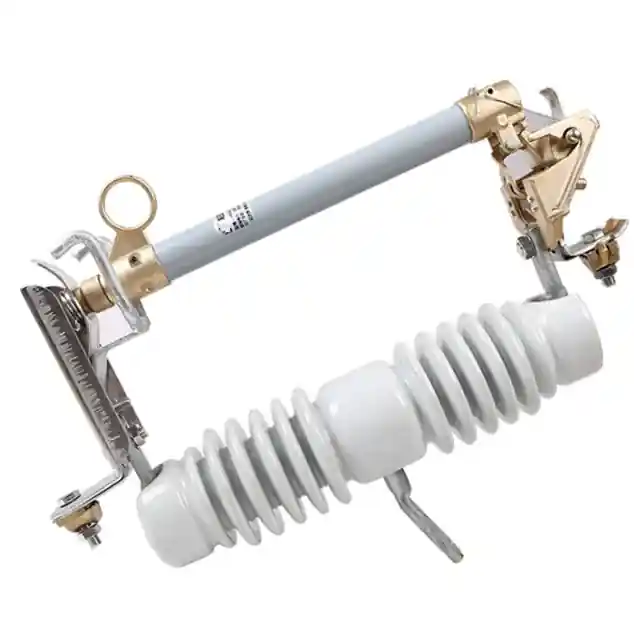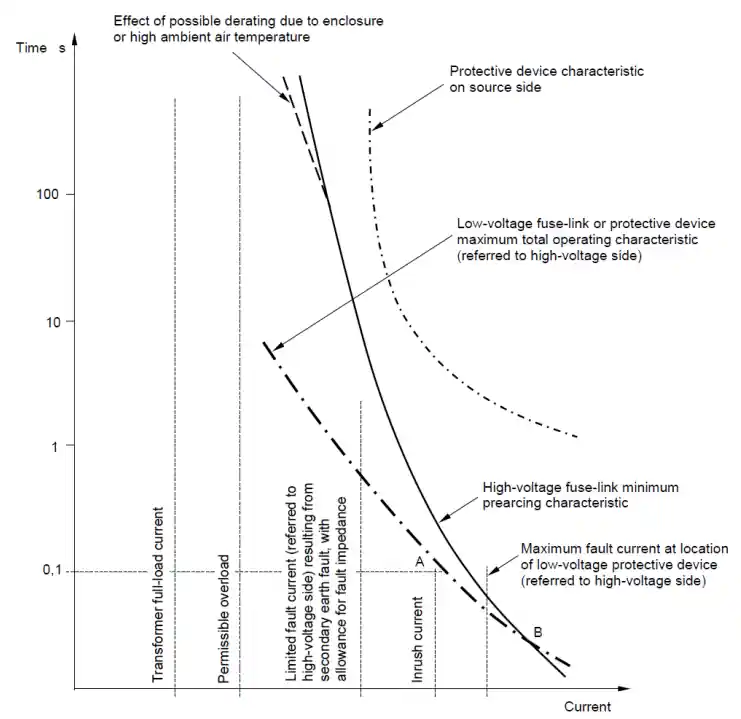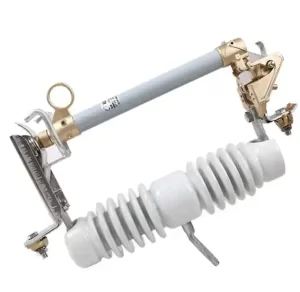Fuses are a fundamental component in electrical protection systems, designed to interrupt current flow in case of faults. However, not all fuses are created equal. In power systems, fuses are generally categorized into Low-Voltage (LV) and High-Voltage (HV) types, each tailored to specific electrical environments. Understanding the differences between these two Fuse guide classes is essential for engineers, facility managers, and procurement specialists tasked with system safety and compliance.
Core Concept: LV vs HV Fuses
Low-voltage fuses are rated for circuits typically below 1,000 volts, whereas high-voltage fuses are intended for systems operating above 1,000 volts—often up to 72.5 kV or more. This distinction is not just electrical but also structural, functional, and regulatory.

Application Environments
Low-Voltage Fuses
Used in consumer-level and industrial distribution systems:
- Residential and commercial buildings
- Control panels and motor starters
- Low-voltage switchgear (below 1kV)
High-Voltage Fuses
Applied in infrastructure-grade systems:
- Power transmission and distribution grids
- Substations and ring main units (RMUs)
- Transformers, capacitor banks, and utility switchgear

Key Differences in Structure and Function
| Feature | LV Fuse | HV Fuse |
|---|---|---|
| Voltage Rating | Up to 1,000 V | Above 1,000 V (up to 72.5 kV or higher) |
| Construction | Cartridge-type, compact | Longer, ceramic-bodied, often sand-filled |
| Interrupting Capacity | Moderate to high | Very high (often > 50 kA) |
| Arc Quenching Method | Metal melting and open-air disconnection | Sand-filled or gas-expulsion arc quenching |
| Replaceability | Tool-less in most designs | Requires insulated tools or trained staff |
Industry Trends and Standards
With growing grid complexity and increasing reliance on renewable energy, fuse designs have evolved to meet stricter safety and interoperability requirements. According to IEEE C37, IEC 60269 (LV) and IEC 60282-1 (HV) standards are the primary benchmarks for manufacturing and testing.
Companies such as Schneider Electric, ABB, and Eaton have invested heavily in R&D for advanced fuses that provide faster response times, reduced maintenance, and improved lifecycle tracking.
Technical Parameters to Consider
When selecting between LV and HV fuses, engineers must evaluate:
- Rated voltage & current
- Breaking capacity
- Response time (fast-blow vs. time-delay)
- Environmental conditions (humidity, dust, temperature)
- Coordination with relays and breakers

Use Case Examples
- LV Fuse: A 400V time-delay fuse protecting a motor control center in a factory.
- HV Fuse: A 33kV current-limiting fuse installed in a ring main unit at a substation.
Selection Tips
- Never substitute LV fuses for HV applications—even if ratings appear similar.
- Consider safety protocols: HV fuses often require arc-rated PPE and isolation procedures.
- Check certifications: Ensure all fuses are tested per relevant IEC or ANSI standards.
- Future-proof the system: Choose fuses that can accommodate expected load growth or grid upgrades.
FAQ: LV vs HV Fuses
A: No. HV fuses are designed for completely different interrupting characteristics and installation formats.
A: Both are safe when applied correctly. HV fuses, however, require more stringent safety procedures due to arc flash and insulation risks.
A: No. Like LV fuses, HV fuses are single-use and must be replaced after operation.
While both LV and HV fuses serve a similar protective function, their design, installation, and operation vary greatly. Engineers and procurement teams should always consider system voltage, environment, and long-term reliability when choosing the appropriate fuse type.
PINEELE offers both low and high-voltage fuse solutions, tested to global standards and backed by technical expertise in power system protection.

